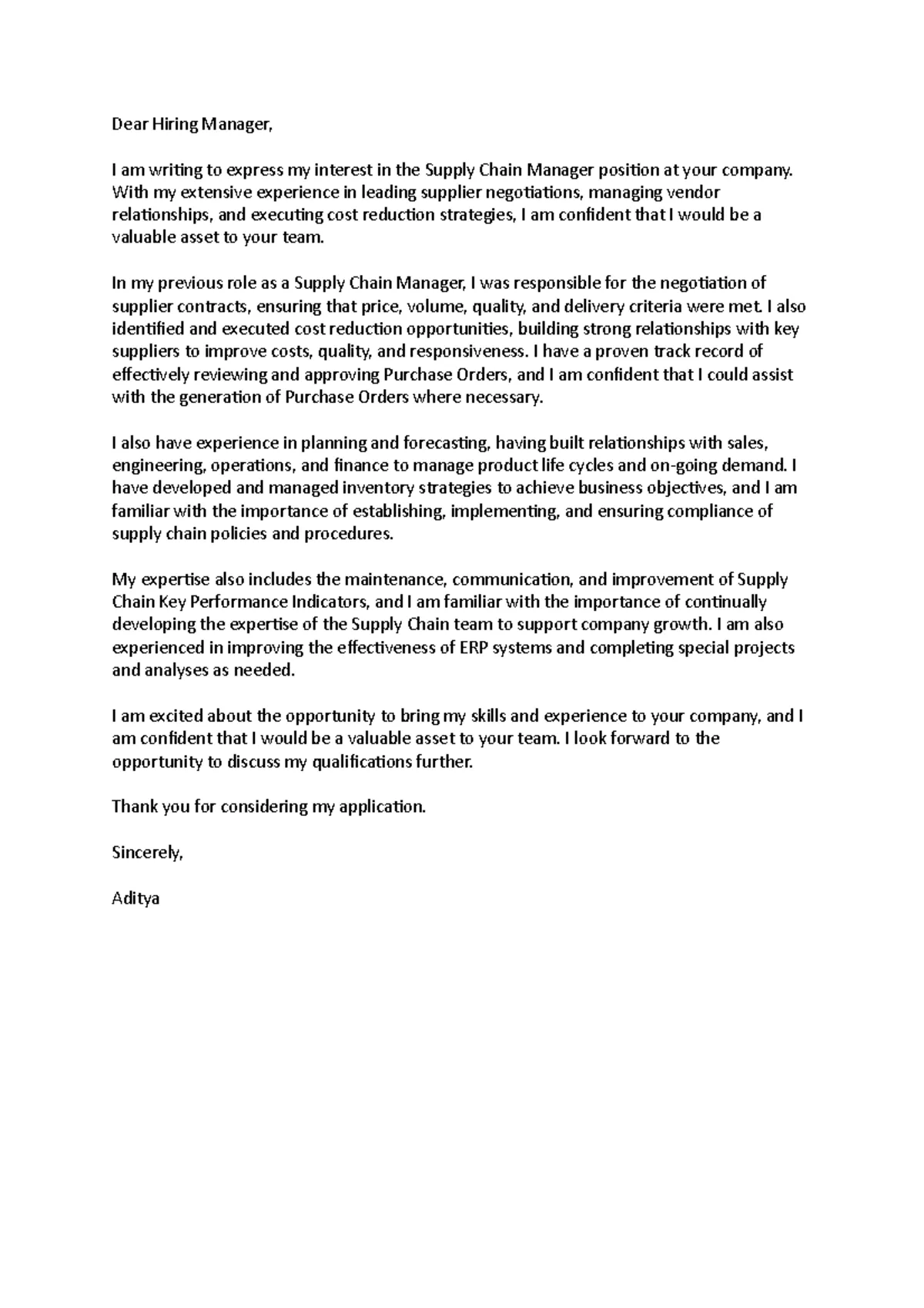Understand the Importance of a Railroad Cover Letter
A well-crafted railroad cover letter is your first introduction to a potential employer and it plays a crucial role in securing a job in the competitive railroad industry. This document provides an opportunity to showcase your personality, skills, and experience in a way that a resume alone cannot. It demonstrates your genuine interest in the position and the company, making it a critical tool in distinguishing yourself from other applicants. A compelling cover letter serves as a powerful narrative, setting the stage for your qualifications and highlighting your suitability for the role. Neglecting this important step could mean missing out on opportunities, so investing time and effort in creating a strong cover letter is a worthwhile endeavor. It is the chance to make a positive first impression and to convince the hiring manager that you’re a good fit for the company culture and job requirements.
Research the Railroad Company
Before you begin writing your cover letter, thoroughly research the railroad company. Understanding the company’s values, mission, and recent projects can help you tailor your letter to their specific needs. Visit their website, review their social media profiles, and read news articles about the company to gain insights into their operations and culture. This knowledge will enable you to demonstrate your genuine interest in the company and highlight how your skills and experiences align with their goals. Understanding the company’s history, current challenges, and future plans allows you to write a more personalized and impactful cover letter, making a stronger impression on the hiring manager. Specific examples of company achievements or initiatives that resonate with you can be mentioned, showing that you have invested time and effort in learning about the organization and that you are genuinely interested in joining their team.
Tailor Your Cover Letter
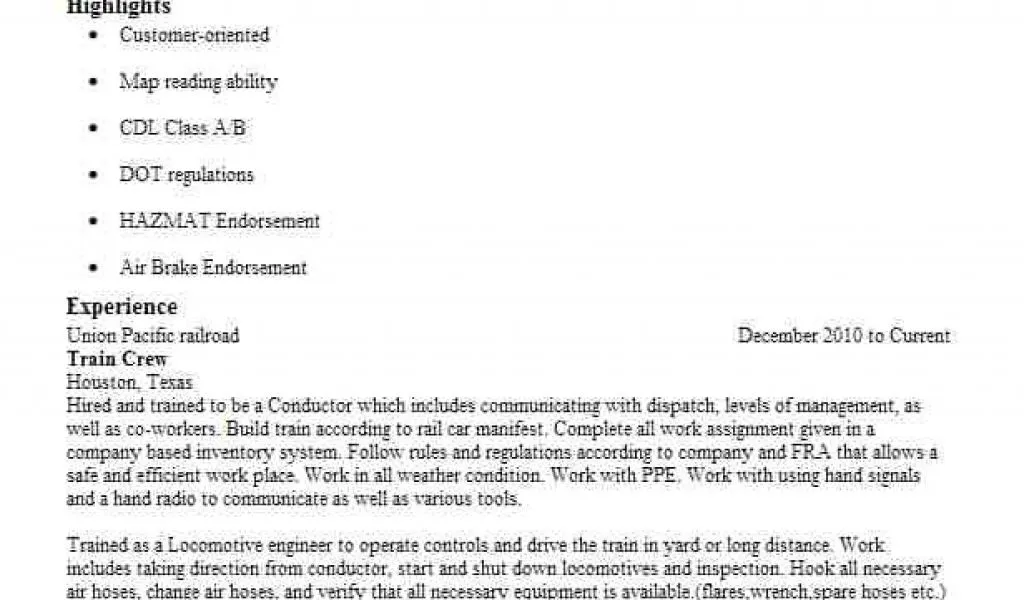
Avoid using a generic cover letter. Customization is key to success. Tailor your cover letter to each specific railroad job application. Review the job description carefully and identify the key skills, experience, and qualifications the employer is seeking. Then, structure your letter to highlight how you meet those requirements. Use the same keywords and phrases from the job posting to emphasize your relevant skills and experience. Provide specific examples that illustrate your accomplishments and abilities. By customizing your letter, you demonstrate to the hiring manager that you have taken the time to understand the role and that you are a well-matched candidate. This personalized approach increases your chances of getting noticed and advancing in the hiring process. This level of detail shows you’re serious about the position and have the required skills.
Highlight Relevant Skills and Experience
In your cover letter, emphasize the skills and experiences that directly relate to the railroad job you are applying for. Use the job description as a guide to identify the essential qualifications and tailor your letter to address them. Provide concrete examples of how you have demonstrated these skills in previous roles or projects. Quantify your accomplishments whenever possible. Focus on achievements and results, such as successfully completing projects, improving efficiency, or ensuring safety. By showcasing your relevant skills and experience, you provide the hiring manager with compelling evidence that you possess the necessary qualifications to excel in the role. It’s also helpful to explain how your previous experiences have prepared you for the specific demands of the railroad industry. This might include detailing your training, certifications, or the use of specific equipment and machinery relevant to railroad operations.
Technical Skills
Many railroad jobs require specific technical skills. If you possess experience with railroad equipment, maintenance, or signaling systems, be sure to highlight those skills. Include any relevant certifications or training you have received, such as mechanical, electrical, or engineering certifications. Detail your experience in operating, maintaining, or repairing railroad machinery. If the job requires specific software or technology, describe your proficiency. Providing specific examples of projects or tasks where you have utilized your technical skills strengthens your application. This could include a project where you successfully repaired a critical piece of equipment, designed an efficient maintenance schedule, or helped to implement a new safety system. By demonstrating your technical expertise, you showcase your ability to contribute immediately to the railroad’s operations.
Physical Abilities
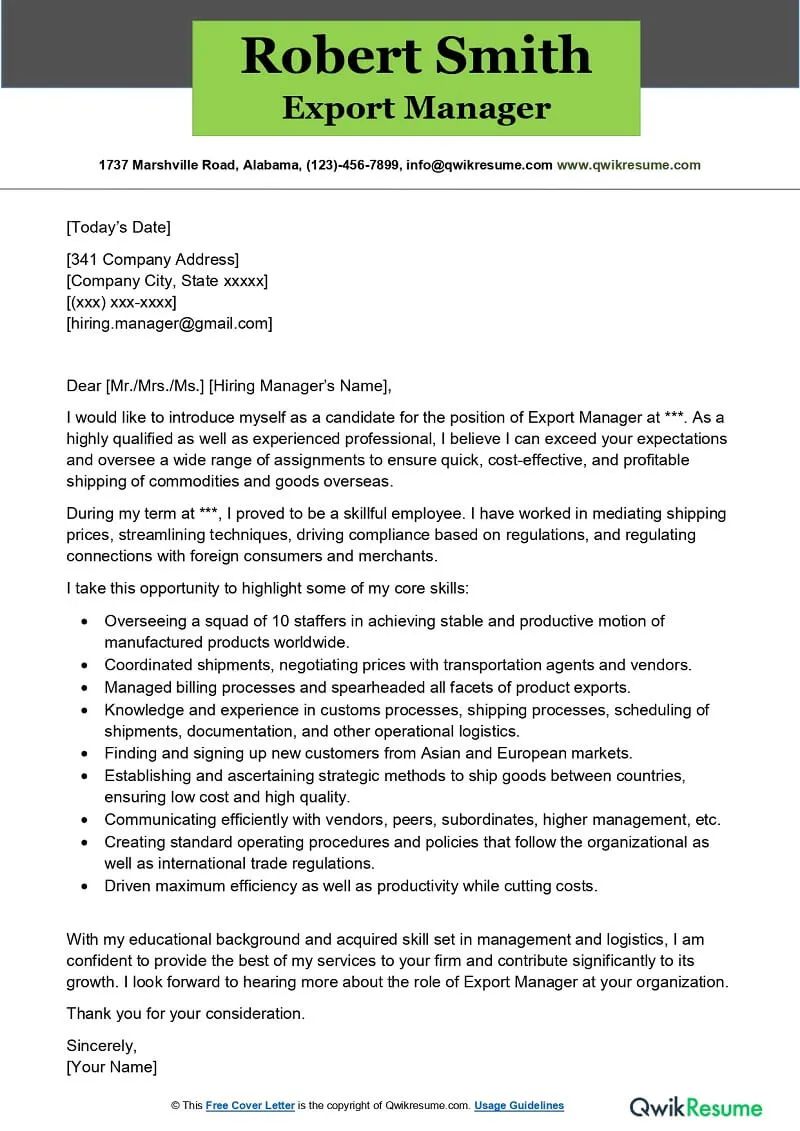
Railroad jobs often require physical stamina and the ability to perform demanding tasks. Highlight your physical capabilities in your cover letter. Describe any relevant experience, such as working in physically demanding environments, performing manual labor, or operating heavy machinery. Mention your ability to work outdoors in various weather conditions and your capacity to stand, walk, and lift for extended periods. Be honest and specific about your physical fitness and endurance. You may also describe how you maintain your physical health and stamina. Providing a brief overview of your physical abilities helps employers assess your suitability for the role and indicates your commitment to meeting the physical demands of the job. It shows the hiring manager that you understand the realities of the job and are prepared for its challenges.
Safety Awareness
Safety is paramount in the railroad industry. In your cover letter, emphasize your commitment to safety. Describe your understanding of safety protocols and regulations. Highlight any experience you have in identifying and mitigating safety hazards, following safety procedures, or promoting a safe work environment. If you have received any safety-related training or certifications, be sure to mention them. Demonstrate your commitment to safe practices by providing examples of how you have prioritized safety in previous roles. This could include participating in safety audits, leading safety training sessions, or taking proactive measures to prevent accidents. By demonstrating your safety awareness, you reassure the employer that you understand the importance of safety and are committed to maintaining a safe working environment. Mention any safety awards or commendations you have received as well.
Address the Specific Job Requirements
Carefully review the job description and directly address the specific requirements outlined by the railroad company. Tailor your cover letter to align with the job’s qualifications, highlighting the skills and experiences that match the employer’s needs. Explain how your qualifications align with the job responsibilities, providing concrete examples to support your claims. If the job description mentions specific software, equipment, or regulations, mention your experience with these. Demonstrating how your abilities align with the job requirements is critical for showing the hiring manager that you are a strong fit for the position. Using keywords from the job description helps you demonstrate that you are a suitable candidate. Your goal is to present yourself as the ideal candidate, showing you possess the necessary skills and experience to thrive in the role.
Keywords
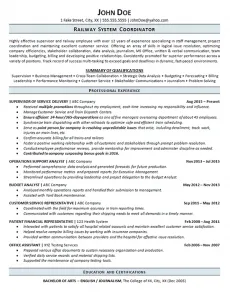
Incorporate relevant keywords from the job description into your cover letter. Identify the key skills, qualifications, and requirements listed in the job posting and strategically use these words and phrases throughout your letter. This practice helps your application pass through applicant tracking systems (ATS) and ensures your cover letter resonates with the hiring manager. Make sure that your use of keywords is natural and doesn’t disrupt the flow of your writing. Incorporate keywords in sentences where you describe your skills, experience, and accomplishments. By using the right keywords, you optimize your cover letter to be recognized and selected by employers. Review the job description carefully and use similar language to showcase that you meet the requirements. Ensure your letter is clear, concise, and filled with the important keywords that recruiters are seeking.
Demonstrate Enthusiasm and Interest
Show the hiring manager your genuine enthusiasm for the railroad job and the company. Express your passion for the industry and explain why you are particularly interested in this opportunity. Researching the company and referencing specific aspects of their work can demonstrate your interest. Mentioning company values, recent projects, or industry achievements can show that you have invested time to understand the organization. Explain what motivates you to apply for this specific position and what you hope to achieve in the role. Demonstrating your passion is essential for making a memorable impression, and helps the hiring manager understand you are not just looking for a job but are excited about the opportunity to contribute. Your enthusiasm will help you stand out from other candidates and make you a more appealing choice.
Proper Formatting and Structure
Adhere to proper formatting and structure to create a professional and readable cover letter. Use a clear and concise format with a professional font. Address the hiring manager directly if possible. Start with a compelling introduction that grabs the reader’s attention and briefly introduces your qualifications. Use separate paragraphs to discuss your skills, experiences, and achievements. Keep each paragraph concise and focused on a specific point. Use a professional tone and avoid jargon or overly casual language. Proofread your cover letter carefully for any grammatical errors or typos. Ensure your letter is well-organized and easy to follow. A well-formatted and structured cover letter demonstrates your attention to detail and commitment to professionalism, making a favorable impression on the hiring manager.
Contact Information
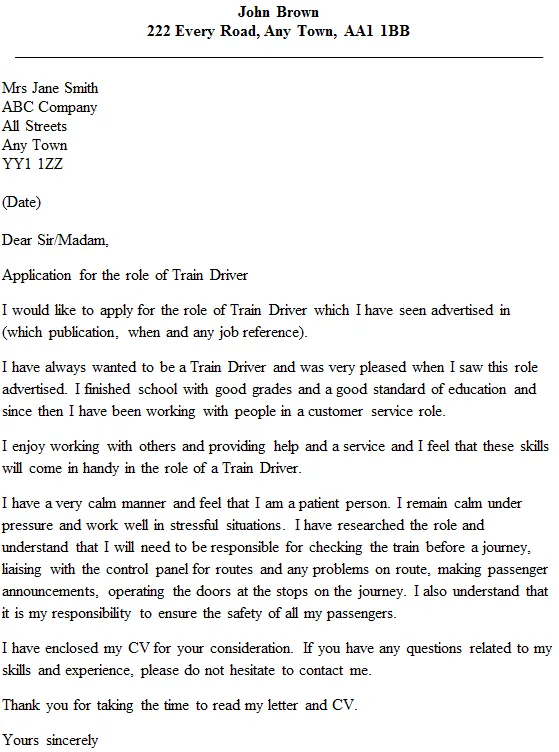
Ensure your contact information is accurate and easily accessible in your cover letter. Include your full name, phone number, professional email address, and LinkedIn profile URL, if you have one. Place your contact information at the top of your cover letter, making it easy for the hiring manager to reach you. Always double-check that your contact details are correct before submitting your application. Keep your email address professional and avoid using nicknames or informal language. Make certain your voicemail greeting is also professional. Providing readily accessible contact information facilitates the hiring process and increases the likelihood of the employer contacting you to discuss your application further. Correct contact information streamlines communication and improves your chances of getting hired.
Proofread Carefully
Proofreading is a critical step in ensuring your cover letter is polished and professional. Carefully review your cover letter for any grammatical errors, spelling mistakes, or typos. Read through the letter multiple times, checking for clarity, conciseness, and coherence. Have someone else review your letter to catch any errors you may have missed. Use grammar-checking tools but don’t rely solely on them. Ensure your cover letter is free of errors and easy to read. Errors can undermine your credibility and create a negative impression. Proofreading demonstrates your attention to detail and your commitment to submitting a high-quality application. Errors can cause a hiring manager to doubt your attention to detail, potentially eliminating your application. A well-proofread cover letter reflects favorably on your professionalism and significantly increases your chances of success.
Call to Action
End your cover letter with a clear and confident call to action. Express your interest in the position and reiterate your enthusiasm. Thank the hiring manager for their time and consideration. State that you look forward to hearing from them soon and are available for an interview at their earliest convenience. Provide your contact information one last time. A strong call to action reinforces your interest in the role and prompts the hiring manager to take the next step in the hiring process. Make it clear that you are eager to move forward and discuss your qualifications further. The call to action should be a confident and professional closing statement. A direct and enthusiastic call to action reinforces your interest and makes it easy for the hiring manager to take the next step.
